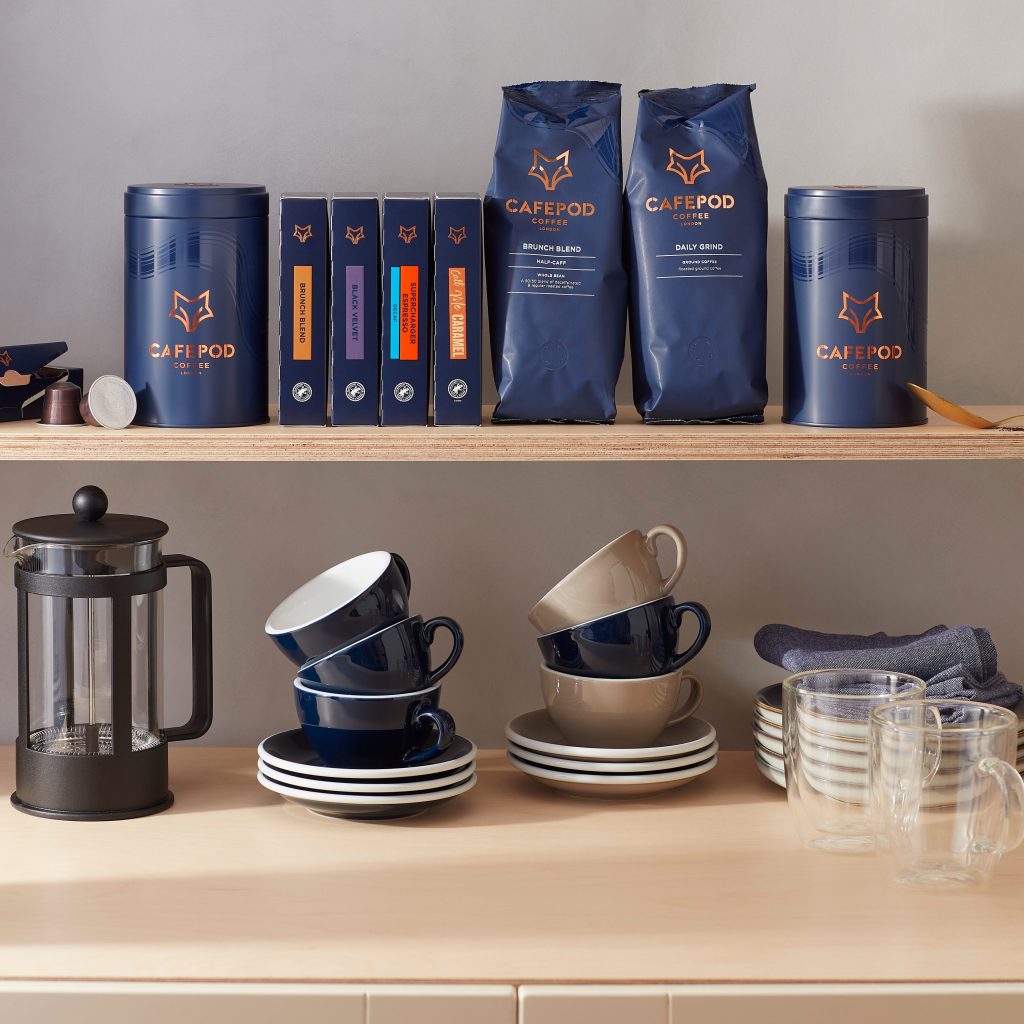Blends vs. Single Origin Coffee: Exploring the Brew Battle
24/03/2024

24/03/2024

Blends and single origin coffee beans are two distinct categories that coffee aficionados often deliberate over. Each option offers unique characteristics and brings a different flavour profile to your morning cup. Let’s delve into the pros and cons of each to help you decide which brew suits your taste buds best.
As an Associate, All Things Drinks earn from qualifying purchases. Rest assured, our recommendations remain unbiased despite potential commissions.
Blends: A Balancing Act
What are the Pros?
Consistency: Blends are crafted by combining beans from different regions, allowing roasters to achieve a consistent flavor profile with every batch. This consistency ensures that you get the same taste experience every time you brew a cup, making blends a reliable choice for daily consumption.
Complexity: Blends offer a harmonious balance of flavours derived from various coffee origins. By blending beans with different characteristics, roasters can create complex flavour profiles that tantalise the palate with layers of richness, acidity, and sweetness.
Versatility: Blends are versatile and can be tailored to suit different brewing methods and preferences. Whether you enjoy espresso, drip coffee, or French press, there’s a blend out there that’s perfectly suited to your brewing style.
What are the Cons?
Lack of Origin Transparency: Blends often contain beans sourced from multiple regions, making it challenging to discern the specific origin of each coffee bean. For consumers who value transparency and traceability in their coffee, blends may not provide the level of information they desire.
Limited Expression of Terroir: Blends combine beans from different origins, resulting in a flavor profile that may lack the distinctive characteristics of single origin coffees. If you’re seeking to explore the unique terroir of a particular coffee-growing region, blends may not offer the same depth of expression.
Risk of Overpowering Flavours: While blends aim to achieve balance, there’s a risk that certain flavours may dominate, masking the nuances of individual coffee beans. This can result in a less nuanced drinking experience for those who enjoy discerning subtle flavour notes in their coffee.
We recently tried CafePod’s Daily Grind, Intense Roast, Brunch Blend & Supercharger in ground format and were seriously impressed! Born in London, their awarding winning blends are blond but balanced. Darker and richer in profile, their coffees had less acidic and a chocolate, caramel, nut and smoky notes to them.

Single Origin: A Unique Experience
What are the Pros?
Distinctive Flavour Profiles: Single origin coffees are sourced from a specific region or farm, allowing for the expression of unique flavour characteristics influenced by terroir, climate, and processing methods. Each cup offers a distinct flavour profile that reflects the coffee’s origin, providing a sensory journey for coffee enthusiasts.
Traceability and Transparency: Single origin coffees offer transparency in sourcing, allowing consumers to trace their coffee back to a specific farm or region. This level of transparency empowers consumers to support sustainable and ethical coffee production practices while fostering a deeper connection to the coffee-growing community.
Exploration of Terroir: Single origin coffees provide an opportunity to explore the diverse terroir of coffee-growing regions around the world. From the fruity and floral notes of Ethiopian Yirgacheffe to the chocolatey richness of Colombian beans, each origin offers a unique taste experience that celebrates the richness and diversity of coffee.
What are the Cons?
Variability: Single origin coffees are subject to seasonal variations and fluctuations in weather conditions, resulting in potential inconsistencies in flavour from one harvest to the next. While this variability adds to the excitement of exploring different coffees, it may also lead to occasional disappointment if a particular harvest fails to meet expectations.
Limited Consistency: Unlike blends, single origin coffees may lack the consistent flavour profile that some coffee drinkers prefer. Each batch of single origin coffee may exhibit subtle variations in flavour, aroma, and acidity, depending on factors such as harvest conditions and processing methods.
Narrower Flavour Spectrum: While single origin coffees offer distinctive flavour profiles, they may lack the complexity and depth found in well-crafted blends. Some coffee enthusiasts may find single origin coffees to be more straightforward in flavour, preferring the multi-dimensional taste experience offered by blends.
In conclusion, both blends and single origin coffees have their merits and drawbacks, catering to different preferences and taste preferences. Whether you’re drawn to the consistency and complexity of blends or the transparency and terroir exploration of single origin coffees, the choice ultimately comes down to your personal preferences and brewing style. So go ahead, experiment with both options, and savour the diverse flavours that the world of coffee has to offer!